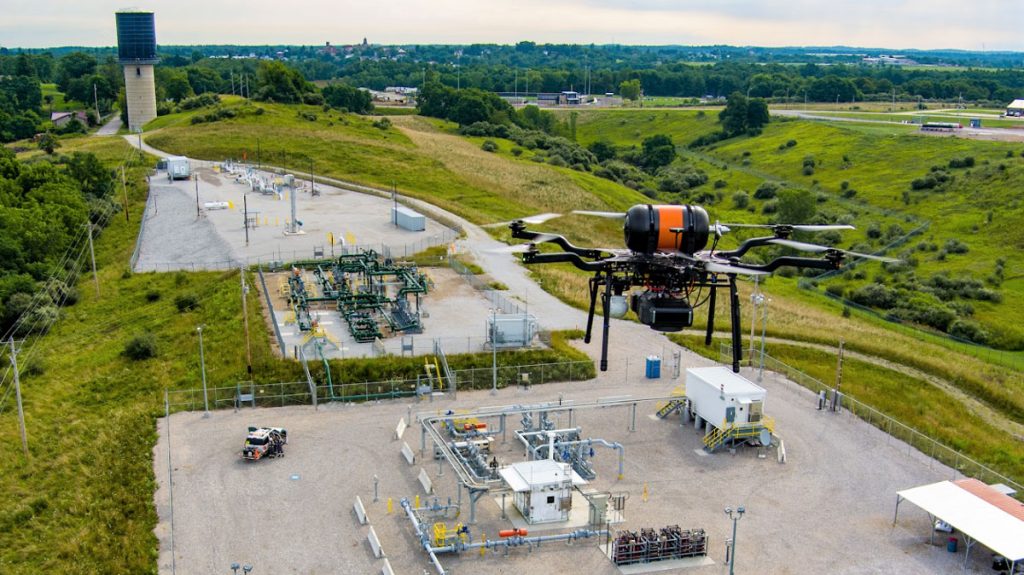Sponsored content in association with
Graphite Additive Manufacturing explains how advanced materials and manufacturing techniques, originally honed in motorsport, are now driving clean energy solutions
Motorsport is known for its relentless pursuit of innovation, where performance, weight, and efficiency are pushed to the absolute limits. While these developments are often born out of the need to gain fractions of a second on the track, the technology that powers racing cars frequently finds new applications in other industries. One such example is how advanced materials and manufacturing techniques, originally honed in motorsport, are now driving clean energy solutions. Graphite Additive Manufacturing has seen this crossover first-hand through their work with Intelligent Energy, where motorsport expertise has contributed to the development of lightweight and highly efficient enclosures and casing components for their hydrogen fuel cells, which power drones.
At the heart of this collaboration is Sinterworx G4, a material originally developed for high-performance motorsport applications. Racing teams demand materials that are not only lightweight but also incredibly tough, capable of withstanding extreme forces and conditions without failure. G4 was born from these requirements and has proven to be an ideal solution for Intelligent Energy’s hydrogen fuel cell enclosures.
Design freedom and complexity are key aspects of why G4 was selected for this application. In motorsport, teams constantly push the limits of design to optimise performance, and this ethos is equally important in drone technology, where weight savings and efficiency are critical. Traditional manufacturing methods often restrict design due to tooling limitations and material constraints. However, additive manufacturing with G4 removes these barriers, allowing for complex designs that can be fully optimised without the constraints of traditional manufacturing. Intelligent Energy was able to take full advantage of this design freedom to create intricate, highly efficient casings that protect the fuel cells while maintaining a minimal footprint.

One of the biggest challenges in the drone industry, much like in motorsport, is weight reduction. Every gram saved in a drone means longer flight times and more efficient operations. Intelligent Energy needed their fuel cell enclosures to be as light as possible, and after…
Click Here to Read the Full Original Article at Racecar Engineering…

